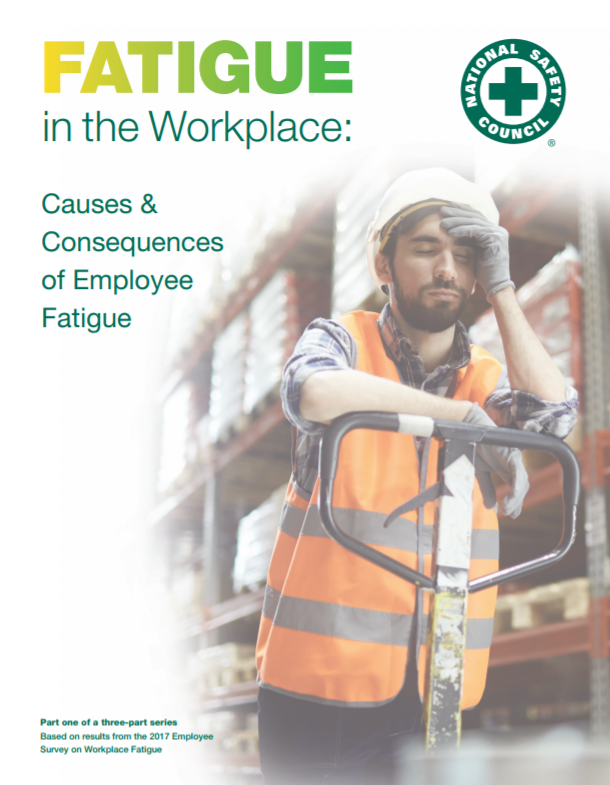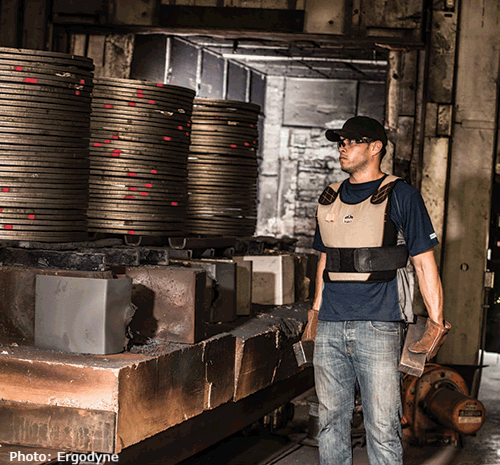Millennials’ Adderall Addiction
In 2010, when Raphael was a first-semester college freshman struggling to get through finals, he did what it seemed like all his friends were doing: he got an Adderall from a fellow student and holed up in the library. It was the first time he’d tried the stimulant—a mixture of amphetamine salts often prescribed for attention deficit hyperactivity disorder (ADHD)—which is often used off-label as a “study drug” by those not diagnosed with the disorder.
Tips and Tactics for a Stronger Safety Committee
What elements go into making a safety committee successful? This Compliance Report delivers reminders, tips, and best practices. Be sure to share the content with your committee and use it as a departure point for improvements at your site or company.
NSC Report: Causes and Consequences of Employee Fatigue
Fatigue is a growing problem affecting the workforce. Research estimates that 13% of workplace injuries can be attributed to fatigue.
A new report from the National Safety Council, Fatigue in the Workplace: Causes and Consequences of Employee Fatigue, breaks down a probability-based survey of more than 2,000 working adults and their experience with fatigue. The report shows that 97% of workers have at least one workplace fatigue risk factor, while more than 80% have more than one risk factor. When multiple risk factors are present, the potential for injuries on the job increases.
Employee waited a month before reporting injury
A construction worker says he tripped, fell and hurt his back. However, he waited a month to get any treatment for the alleged injury. How did his workers’ comp claim turn out?
William Rogers, 48, worked for Russell Construction Co. Inc. in Wyoming. On Nov. 19, 2013, Rogers, his supervisor and another worker were pouring concrete at a work site. The chute of the concrete mixer truck momentarily caught on a piece of wire attached to some rebar and then popped up with some force.
Five Steps to an Injury-Free Culture
Opiod-related insurance claims rose more than 3,000% in 7 years
Health insurance claims for people hooked on prescription painkillers and heroin skyrocketed as the number of Americans who fatally overdosed on those opioids hit record highs, a new analysis reveals.
3 Questions to Ask After a Spill
Final Rule Issued to Improve Tracking Workplace Injuries
Preventative Measures for HEAT STRESS
|










